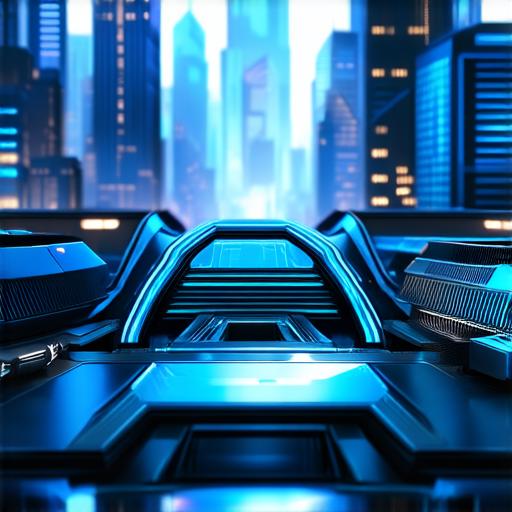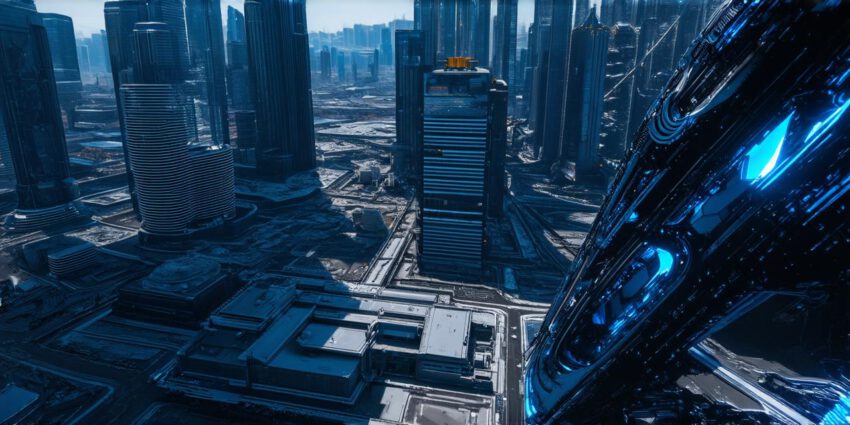In the dynamic world of game development, staying ahead of the curve is crucial. One tool that’s revolutionizing the industry is Unreal Engine 5 (UE5). This article delves into strategies for enhancing performance using UE5, backed by case studies and expert insights.
The Power of UE5
Unreal Engine 5 offers a plethora of features designed to streamline development and boost performance. Its Nanite system, for instance, allows for real-time geometry, reducing the need for manual optimization. This means developers can create complex, high-fidelity environments without worrying about optimizing every detail manually.
Optimizing Your Workflow

To maximize UE5’s potential, it’s essential to understand its workflow. For example, using Blueprints, UE5’s visual scripting tool, can significantly reduce coding time and improve performance. By visually programming game logic, developers can create complex interactions without the need for extensive coding.
Case Study: A Triumphant Transition
Consider the case of Studio Wildcard, developers of ARK: Survival Evolved. They successfully transitioned their game to UE5, citing improved performance and streamlined development as key benefits. The game’s visual quality was significantly enhanced, and the development team found the engine easier to work with compared to their previous engine.
Experimentation and Iteration
To truly harness UE5’s power, experimentation is key. For instance, testing different lighting setups can drastically impact performance. The new Lumen system in UE5 offers dynamic global illumination, but it may require adjustments to maintain optimal performance. Developers should be prepared to iterate and optimize their projects based on these experiments.
Expert Opinion: The Future of Game Development
“Unreal Engine 5 is a game-changer,” says John Carmack, CTO of Oculus and gaming legend. “Its capabilities will redefine what’s possible in game development.” With its advanced graphics, real-time ray tracing, and streamlined workflow, UE5 is indeed poised to revolutionize the industry.
Real-life Examples: Pushing the Limits
Take Epic Games’ demo, ‘The Matrix Awakens.’ This real-time demo showcases UE5’s potential, pushing the boundaries of what was thought possible in game development. With its stunning visuals and realistic physics, it serves as a testament to UE5’s capabilities.
FAQs
1. What are some tips for optimizing performance in Unreal Engine 5?
– Use Blueprints to streamline coding.
– Experiment with lighting setups.
– Optimize textures and meshes.
– Regularly profile your project to identify bottlenecks.
2. How does Unreal Engine 5’s Nanite system improve performance?
– Nanite allows for real-time geometry, reducing the need for manual optimization. This means developers can create complex, high-fidelity environments without worrying about optimizing every detail manually.
3. What are some notable games developed using Unreal Engine 5?
– ARK: Survival Evolved (in transition)
– The Matrix Awakens (demo)
– Fortnite (continuously updated with UE5 features)
In conclusion, Unreal Engine 5 offers a wealth of opportunities for developers to push the boundaries of what’s possible in game development. By understanding its workflow, experimenting with its features, and optimizing our approach, we can unlock unprecedented performance and creativity. The future of game development is here, and it’s time to embrace it. With UE5, the only limit is our imagination.
